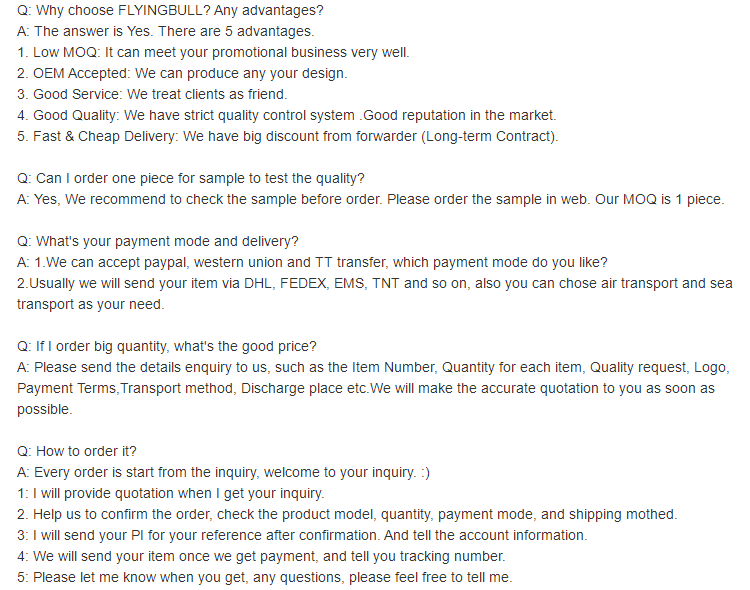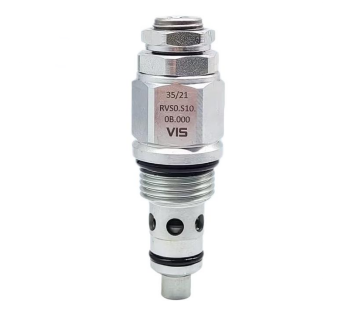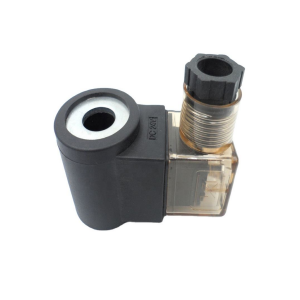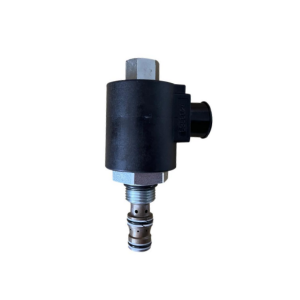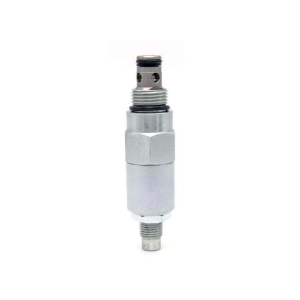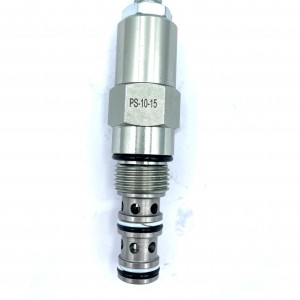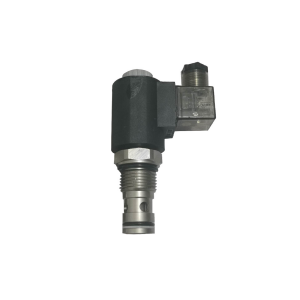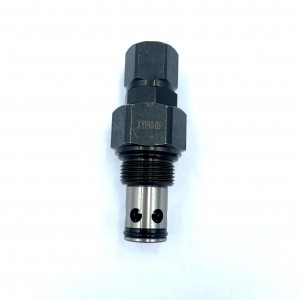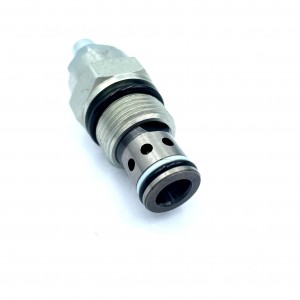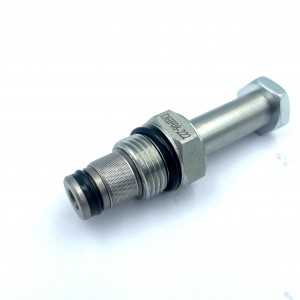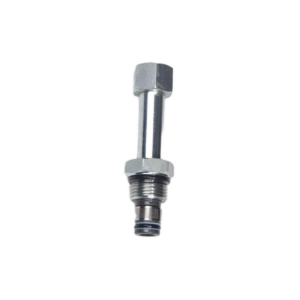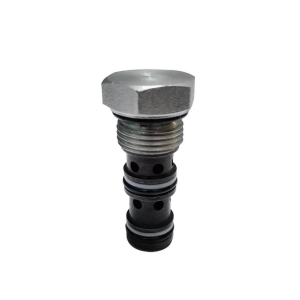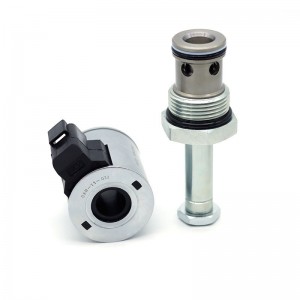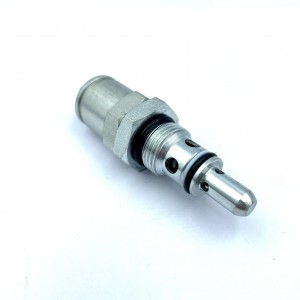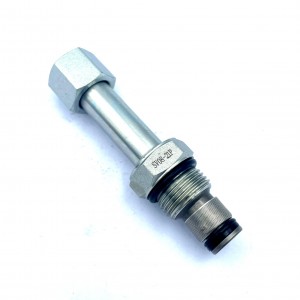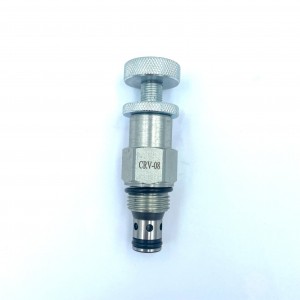Hydraulic balance valve Excavator hydraulic cylinder spool PBHB-LCN
Details
Sealing material:Direct machining of valve body
Pressure environment:ordinary pressure
Temperature environment:one
Optional accessories:valve body
Type of drive:power-driven
Applicable medium:petroleum products
Points for attention
Hydraulic valves are mainly divided into four categories: through valve, safety valve, control valve and direction valve. First, let's understand the through valve. The through valve (also known as the general valve or shut-off valve) is the most common valve in the hydraulic system, which is used to control the on-off of the liquid and is responsible for the opening and closing of the fluid in the hydraulic system. The main feature of the through valve is simple structure, easy to use, widely used in industrial and agricultural production of hydraulic systems.
Second, let's look at safety valves. Safety valve (also known as relief valve or overload valve) is an important component in the hydraulic system to protect the safety of equipment and personnel. When the pressure in the hydraulic system exceeds the set value, the safety valve will quickly open, so that excessive liquid is discharged through the overflow port, thereby protecting the system and equipment from damage. The safety valve is characterized by automatic pressure regulation and high reliability, which plays an indispensable role in the hydraulic system.
The third type of hydraulic valve is the control valve. The control valve is used to control the pressure, flow and direction of the liquid in the hydraulic system, so as to achieve accurate control of the system. The main characteristics of the control valve are complex structure and diverse functions, which are widely used in industrial production automation control system. There are many types of control valves, common relief valves, direction control valves, flow control valves and so on. Each control valve has its own characteristics and applications, and can be selected according to actual needs.
Product specification
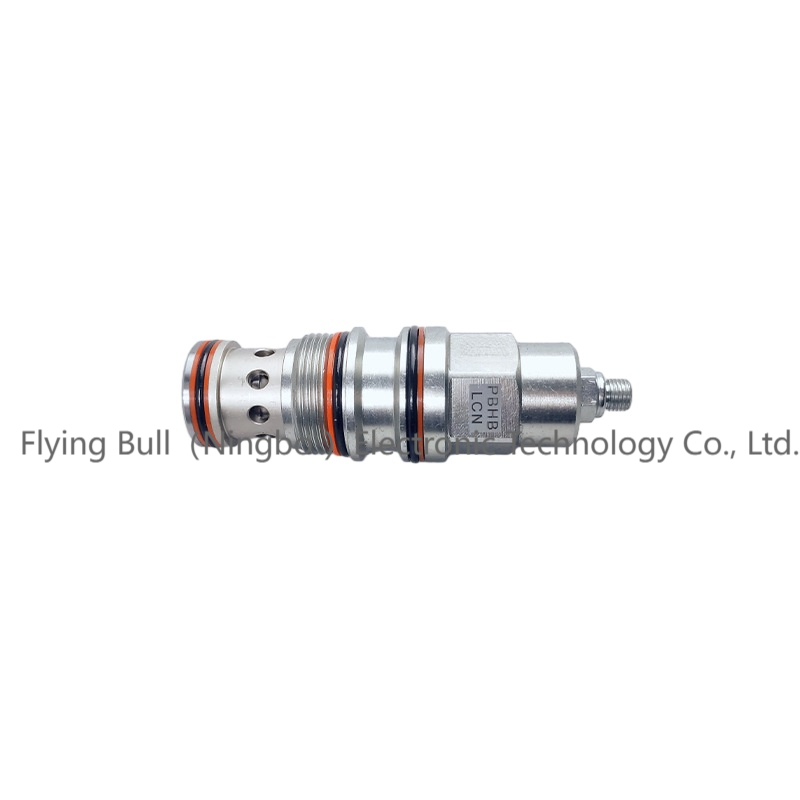
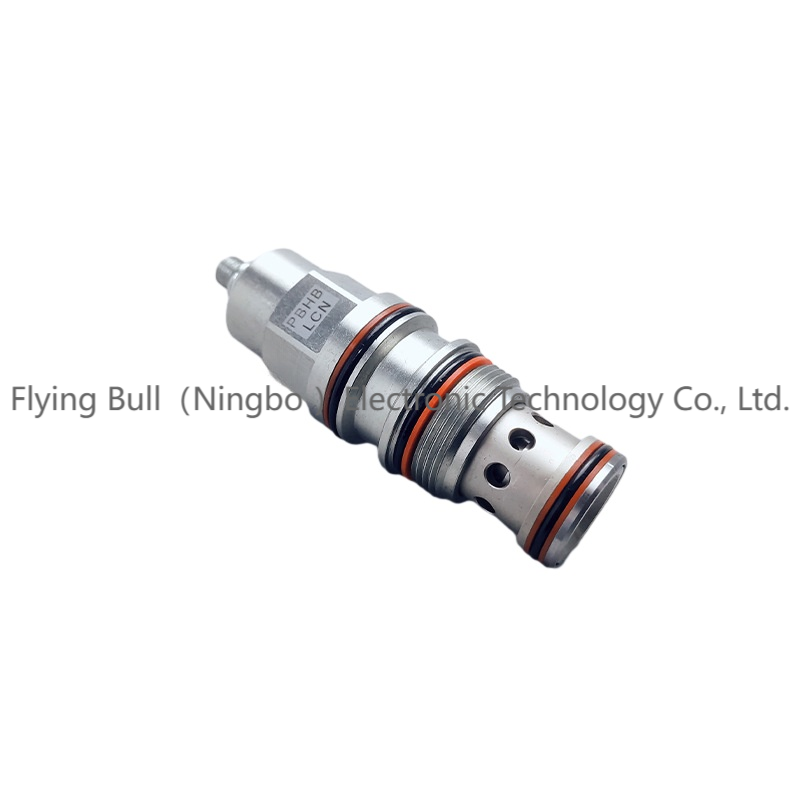
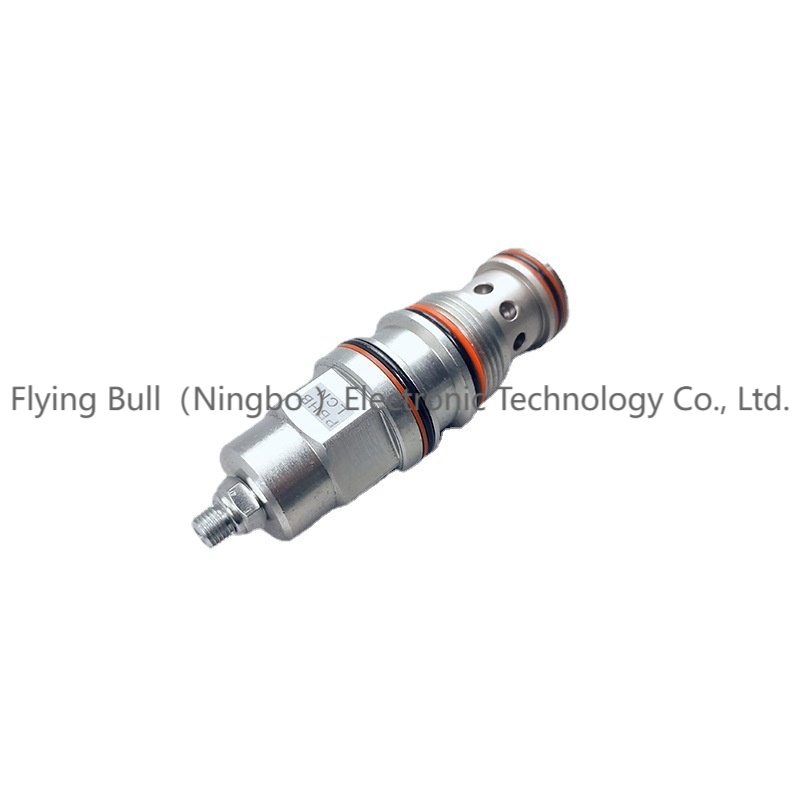
Company details






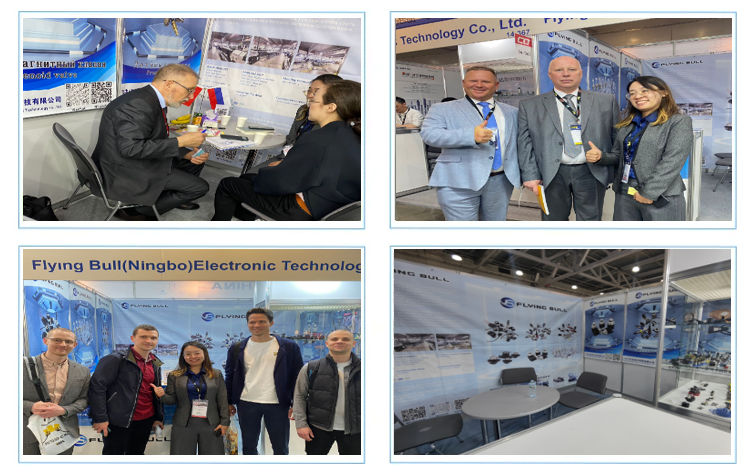

Company advantage
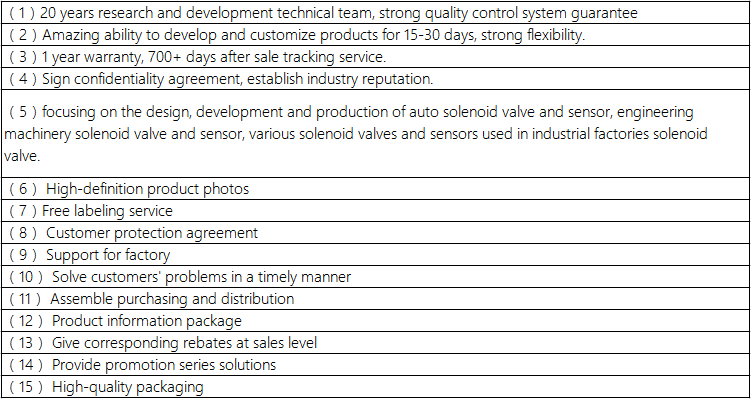
Transportation

FAQ
